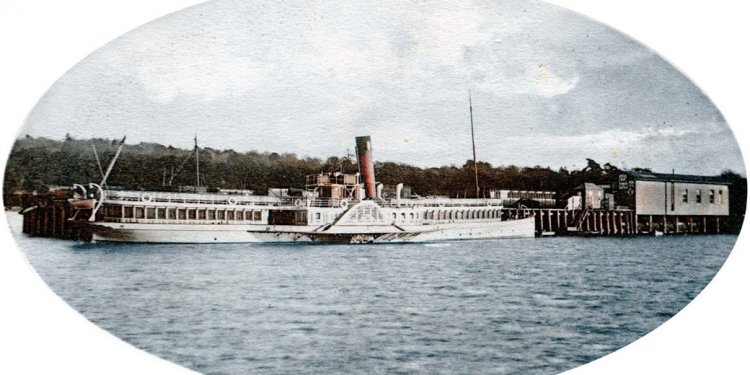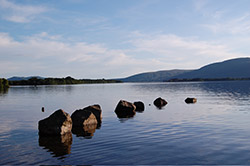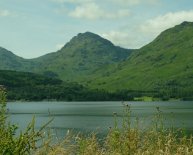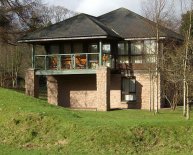
Loch Lomond song history
 Loch Lomond is a famous place in Scotland for many factors but one of those is regarding a song - a poignant anthem of reduction and despair that is understood throughout the world. This song seemingly have meaning for folks who have never ever visited Loch Lomond, but find the sentiment or even the melody inspires all of them to visit! But what could be the real definition and origin for this track, so well-known from the globe phase?
Loch Lomond is a famous place in Scotland for many factors but one of those is regarding a song - a poignant anthem of reduction and despair that is understood throughout the world. This song seemingly have meaning for folks who have never ever visited Loch Lomond, but find the sentiment or even the melody inspires all of them to visit! But what could be the real definition and origin for this track, so well-known from the globe phase?
Some call it ‘The Bonnie Banks of Loch Lomond, some just ‘The Banks of Loch Lomond, while just ‘Loch Lomond’ normally typical. If the name is varies, so do the explanations regarding the origins associated with the song.
John Purser inside the monumental work, ‘Scotland’s Music’ (1992), says the event it commemorates is the Jacobite army’s return from their particular many southerly point, Derby, in England, to Carlisle, still south regarding the border, in1745. He claims the tune is a variant of an earlier one: ‘The Bonnie Hoose o’ Airlie’ - and also this is based on the opinion of Bertrand Bronson into the ‘The conventional Tunes of the Child Ballads III’ (1966). Nonetheless, others, notably Johnson in his ‘Music and community in Lowland Scotland in Eighteen Century’ (1972), makes a match up between the tune therefore the equally venerable ‘The Lowlands of Holland’ – to ensure all we could be sure is the fact that the melody has direct links into the traditional balladry of Scotland.
 Returning to exactly what the tune is really about; Purser shows the words are more youthful compared to the track. In fact, the song very first seems in ‘Vocal tunes of Scotland’ posted in 1841. No origin seems to have definite evidence of an individual writer of the lyrics, as an alternative frequently attributing them to a Jacobite prisoner, languishing in Carlisle prison, waiting for their fate. As opposed to the Jacobite military moving through Carlisle right at the conclusion of 1745, various other explanations advise the prisoner was taken fully to Carlisle in 1746, following the Jacobite defeat at Culloden.
Returning to exactly what the tune is really about; Purser shows the words are more youthful compared to the track. In fact, the song very first seems in ‘Vocal tunes of Scotland’ posted in 1841. No origin seems to have definite evidence of an individual writer of the lyrics, as an alternative frequently attributing them to a Jacobite prisoner, languishing in Carlisle prison, waiting for their fate. As opposed to the Jacobite military moving through Carlisle right at the conclusion of 1745, various other explanations advise the prisoner was taken fully to Carlisle in 1746, following the Jacobite defeat at Culloden.
In that case, the text with variations should have been sung for pretty much a century before being collected the 1841 publication. Long lasting detail, the large roadway and reasonable road allusions are usually reported to be the ‘high roadway’ like in the primary roadway, instead of the ‘low road’ of demise, in which the spirit of this soldier comes back instantly to his homeland. Simply speaking, the lack of a definitive reference to the song-writer enable a number of interpretations.
Like ‘Auld Lang Syne’, the melody is iconic – just the first few bars are enough to stimulate a picture of Scotland, so well known is the tune!
The more serious pupils of Scottish music declare that the song itself is, more often than not, musically misinterpreted. The subject question of the verses is tragic, dealing with loss and yearning. Yet plenty of variations occur in which the tempo is certainly upbeat and definitely jolly! (Purser – see above - describes this as ‘inane chirpiness’!) Certainly, these types of could be the track’s popularity so it was interrpreted by a wide variety of musical genres – including punk and rock!
The text themselves comprise some variations, while verse three is less frequently sung.
Tune ‘Loch Lomond’
1. By yon bonnie finance companies and by yon bonnie braes,
In which the sun shines bright on Loch Lomond.
In which myself and my real love had been ever wont to gae
Regarding the bonnie, bonnie banks O' Loch Lomond.
Refrain:
O ye'll tak' the high road and I also'll tak' the lower roadway,
An' I'll be in Scotland afore ye;
But me and my true love wouldn't satisfy once more
2. 'Twas there that we parted in yon shady glen,
On the steep, steep part O' Ben Lomon',
In which in purple hue the Hieland mountains we see,
An' the moon comin' in the gloamin'
3. The early birdies sing as well as the wild movement'rs springtime,

















